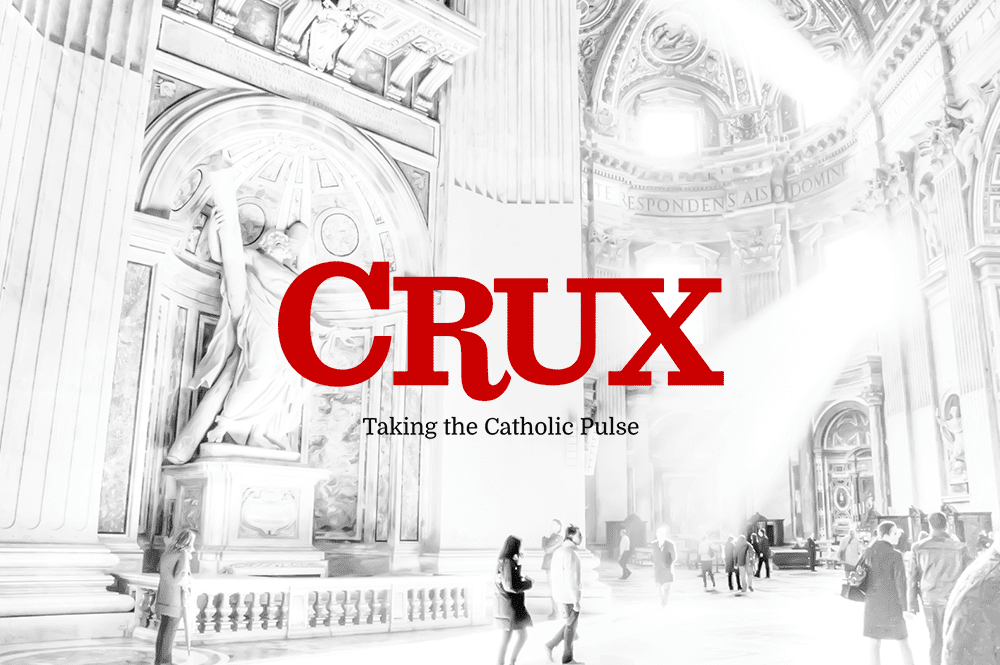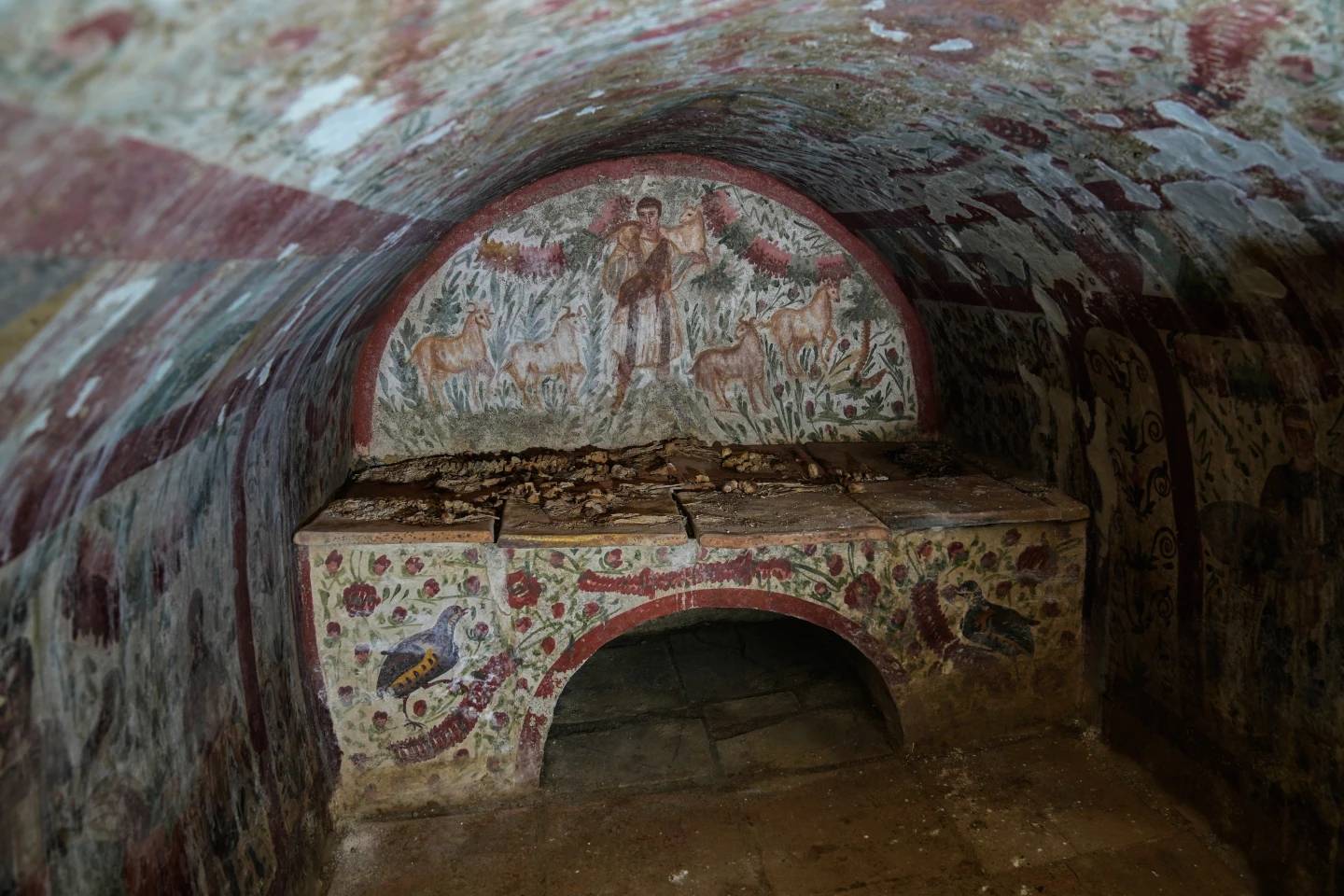As has often been remarked, one of the gifts of Pope Francis is his ability to employ striking images.
In his mini-treatise on preaching in Evangelii Gaudium, “The Joy of the Gospel,” the pope extols the importance of images. He writes: “An attractive image makes the message seem familiar, close to home, practical, and related to everyday life. A successful image can make people savor the message, awaken a desire, and move the will toward the Gospel.”
Francis frequently puts this compelling insight into practice.
One of the most quoted images, for which Pope Francis has become famous, is that of the Church as a “field hospital,” tending to the wounded of the world. Here are some of the resonances it has evoked:
- The Church is not immobile, but goes out to the areas where it is most needed.
- It is not encumbered by monumental institutions, but shows great flexibility and can be quickly re-positioned.
- It deals with concrete emergencies that must be immediately addressed and dares not confuse what is of life-saving importance at this particular moment with matters less urgent, whatever their ultimate importance.
Field hospitals provide immediate and urgent care for critical situations. But this legitimate need does not gainsay the imperative for more in-depth diagnosis, which may necessitate the patient’s transfer elsewhere to treat not merely the symptoms, but the deeper causes of the disease.
Thus, successful therapy and ultimate healing also demand the presence of a skilled pathologist able to discern the roots of the affliction.
I contend that Pope Francis’s own diagnoses of the spiritual malaise and pathologies of our time have not received the attention they merit. Is it because they inevitably come to expression, not in compelling images, but in more abstract conceptual formulations? Or, is it because doing so may draw him closer to those “culture warriors” whom some partisans deplore?
For instance, we find in chapter two of Evangelii Gaudium the pope’s analysis of a number of characteristics of contemporary culture that require more intensive care and longer rehabilitation and recuperation than a “field hospital” can well provide. Francis regrets that “in the prevailing culture, priority is given to the outward, the immediate, the visible, the quick, the superficial and the provisional.”
Indeed, contemporary secularization, in rejecting the transcendent, “has produced a growing deterioration of ethics, a weakening of the sense of personal and collective sin, and a steady increase in relativism.” One cannot help being reminded of Pope Emeritus Benedict’s repeated warnings regarding “the dictatorship of relativism.”
It is scarcely surprising that out of such a cultural and societal matrix emerges “a lifestyle which weakens the development and stability of personal relationships and distorts family bonds.” These latter are surely among the symptoms with which the field hospital must deal: broken family bonds, fear of commitment to relationship. But the toxic causes lie deeper in the cultural disvalues which aggravate these symptoms, and which require the Church to serve not only as field hospital but as rehabilitation facility as well.
These deeper causes are analyzed again in the “environmental” encyclical, Laudato Si’.
Francis discerns, as one of the roots of the crisis that threatens “our common home,” “a misguided anthropocentrism” whereby “humans place themselves at the center. They give absolute priority to immediate convenience and all else becomes relative.” The pope sees this malady as manifesting itself in “the disordered desire to consume” whose symptoms of buy and discard are so sadly characteristic of our contemporary throw-away culture.
The pathology of “disordered desire” [cupiditas] lies at the heart of Saint Augustine’s analysis of the sinful human condition and the radical therapy it requires. Once again, we see the folly of facile labeling individuals as “Augustinian pessimists” or “Thomistic optimists.” The pathology of human fallenness is the common diagnosis accepted by all who practice spiritual healing arts in the Catholic tradition – whether Augustine in face of the Pelagians of his day, or Francis vis-a-vis the “neo-Pelagianism” of our time.
Probing further, Pope Francis speaks of a “technocratic paradigm” that distorts sensibilities and blinds to the harm being wreaked upon the environment and upon our threatened human ecology. He laments that “our immense technological development has not been accompanied by a development in human responsibility, values and conscience.”
Recognizing the epidemic proportions of this virus, the pope prescribes “a distinctive way of looking at things, a way of thinking, policies, an educational program, a lifestyle, and a spirituality which together generate resistance to the assault of the technocratic paradigm.” The regimen outlined here clearly implies long-term therapy, since it envisions no less than “a bold cultural revolution.”
Indeed, the pope-diagnostician insists:
“We need to develop a new synthesis capable of overcoming the false arguments of recent centuries. Christianity, in fidelity to its own identity and the rich deposit of truth which it has received from Jesus Christ, continues to reflect on these issues in fruitful dialogue with changing historical situations … In doing so, it reveals its eternal newness.
Now, “syntheses” are not fashioned in field hospitals, and the ongoing conversion they require can only be sustained in faith-filled communities of challenge and support.
“A great cultural, spiritual, and educational challenge stands before us, and it will demand we set out on the long path of renewal.” Among the lessons that need to be learned is how to cultivate “a prophetic and contemplative lifestyle, one capable of deep enjoyment free of the obsession with consumption.”
Where will the detoxification from cultural disvalues and the learning of these life-supporting practices take place? I suggest that a prime locus will be the ecclesial movements which have enriched Catholic life since Vatican II. They seem specially equipped to provide a new “catechumenate” to prepare for and accompany the new evangelization.
I have been humbled by the palpable metanoia I experience in many who have encountered Jesus Christ in a life-changing way through the movements. One need not endorse any particular version of the “Benedict option” to realize that robust communities of faith are essential in resisting the alluring and often toxic cultural catechumenate that assails us.
Yet, on occasion, I also feel transported back to first century Corinth where, among believers, some vied for Cephas, others for Apollos, still others for Paul. Sometimes unseemly squabbles arise among proponents (or opponents) of Sant’Egidio or Opus Dei, Focolare or Communion and Liberation. Such rancor and rivalry resemble neither a field hospital, nor a rehab clinic, but an asylum. And missionary discipleship becomes the casualty.
So one yearns for an apostolic exhortation that reminds us: “Neither the one who plants nor the one who waters is anything, but only God who gives the growth … for we are fellow workers of God.” Or, as an even higher authority puts it, “Whoever is not against us, is for us.”














